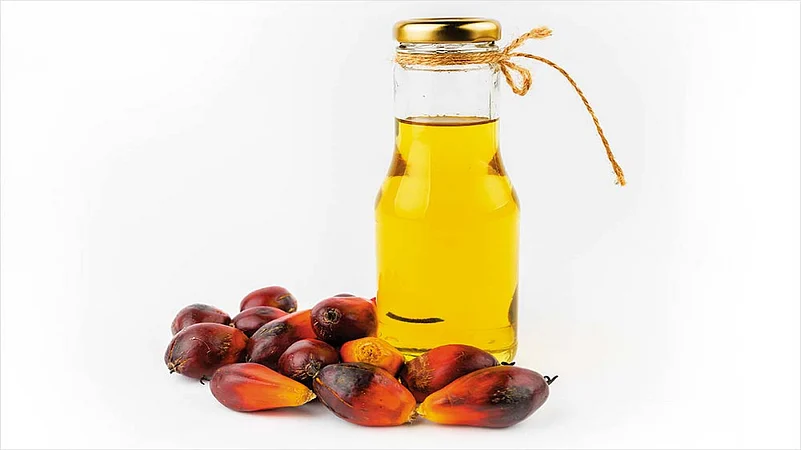Easily digestible animal and vegetable fats are essential components of human diet, which, besides adding satiety value, act as storehouse of energy, as well as acting as solvents for vitamins A, D, E, K and carotene, among other functions. And that is where the trouble begins—some fats are bad for health. By and large, animal fats—from lard and suet to ghee and butter—come worse off when compared to vegetable oils, though they are by no means entirely bad. But even among vegetable oils, which one(s) should you choose?
All commonly used vegetable oils have some health benefits, when used in moderation, as part of a balanced diet, by a healthy, active person. That’s a whole list of disclaimers right there. Purely from the health perspective, a big impediment for the layman to determine which vegetable oil is “relatively good”, is the amount of spiked or spurious research that exists on each, often funded by global industry lobbies in favour of (or against) each of the major vegetable oils.
Buy local: But there are some markers that one can use to figure out what is good for them. Management professional Manu Kaushik, formerly of GCMMF, says, “The most obvious rule of thumb is to choose that oil which has been traditionally used in your region of origin. Besides reducing carbon footprint, it has a higher chance of being adjusted to your diet.”
In other words, olive oil may be in fashion, and it is definitely good, but so is mustard oil. If the Mediterranean favourite has slightly more mono-unsaturated fatty acids or MUFAs (76 per cent to mustard’s 70 per cent), it is way behind mustard oil in Omega 3 poly-unsaturated fatty acids or PUFAs (less that 0.5 per cent to mustard’s 10 per cent). Both MUFA and PUFA are considered good for health.
Mustard oil also has a higher smoking point (temperature at which it burns), making it more suited to Indian cooking that involves a lot of frying. So, if you are in India or are cooking Indian food, choose the locally produced mustard oil, not only because of its distinct flavour and aroma, but also because it is the healthiest choice, especially after carbon footprint is accounted for.
ALSO READ: Farming Takes Body Blow From Climate Change
Cold pressed gold: Kaushik adds, “As long as the purity of the raw material (oilseed) is ensured, a non-industrial, non-packaged oil, pressed in a local ghani/kohlu, has greater chance of being pure. With industrial production and marketing, the focus has shifted to colourless, odourless, “neutral” oils—making room for a cocktail of low-cost oils that have been industrially refined, clarified and stabilised at high heat and with exposure to chemicals, removing most of their nutritive capacity. No wonder cold-pressed oils are in vogue.”
Avoid trans-fats: Finally, we need to understand which components of vegetable oils cause health hazards. One of the biggest concerns is the presence of trans and/or saturated fats. Unlike mono-unsaturated and poly-unsaturated fats—which are considered good for health—trans and saturated fats are broadly accepted as bad for our cardiac health. This is the only factor where palm oil clearly stands out, as it contains several times the amount of saturated fats present in any other commonly used vegetable oil. But even on this, the jury is out, as one research has shown that “palm oil does not have incremental risk for cardiovascular disease” when consumed as part of a balanced diet. The bad rap is circumstantial—a result of the rise in obesity and diabetes, along with rampant malnutrition among Indians.

ALSO READ: India’s New Edible Oil Plan: What’s Cooking?
Fortified by fats: Palm oil is considered to have some benefits, as it is free from trans fats—a byproduct of hydrogenation to create ‘Dalda’ or ‘vanaspati ghee’—which is bad for our health. Palm oil is high in tocotrienols, a type of vitamin E with antioxidant properties that improves absorption of vitamin A, especially for those suffering from cystic fibrosis. It also has many uses in the packaged and fast food industries, being semi-solid at room temperature and having a high smoking point, besides myriad uses in cosmetics and other industries, as it is relatively cheap to produce.
ALSO READ: Keep Off The Grass: Don’t Kill Our Grassland
(This appeared in the print edition as "The Smoking Point")






















